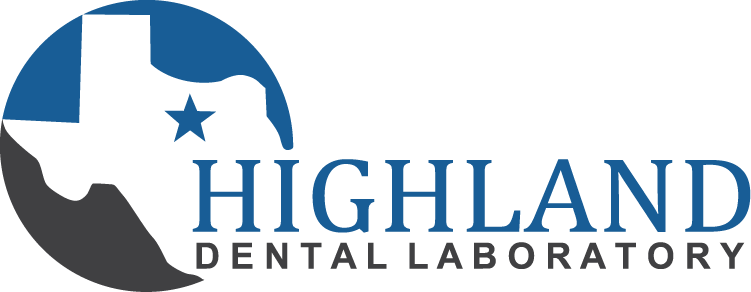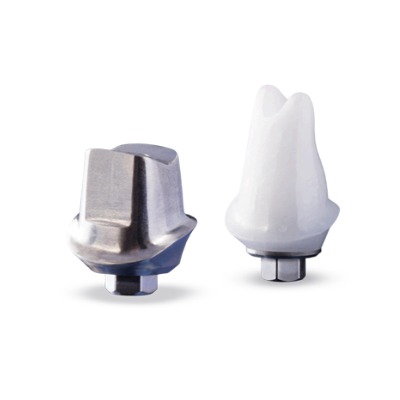Navigating the Maze: Choosing the Right Dental Implant System
In the realm of modern dentistry, dental implants have emerged as a groundbreaking solution for individuals seeking to restore their smiles and regain their confidence. The success and longevity of a dental implant largely depend on the implant system chosen, making it a crucial decision that can significantly impact oral health. With the vast array of options available, finding the right dental implant system can often feel like navigating a complex maze. This is where Highland Dental Lab in Texas comes to the rescue, offering guidance and expertise to help in making informed choices.
The Importance of Choosing the Right Dental Implant System
Dental implants are not a one-size-fits-all solution. Each oral anatomy, bone density, and specific needs can vary greatly. Therefore, selecting the appropriate dental implant system is essential for ensuring a successful and lasting result. A well-chosen system not only enhances functionality and aesthetics but also minimizes the risk of complications.
Introducing Highland Dental Lab, TX
Highland Dental Lab, located in the heart of Texas, has garnered a reputation for its commitment to providing top-notch dental solutions and personalized care. With a team of experienced dental professionals and cutting-edge technology, the lab offers invaluable guidance in navigating the intricate landscape of dental implant systems.
Expert Consultation and Customization
One of the standout features of Highland Dental Lab is its dedication to personalized consultation. The experienced professionals at the lab take the time to understand the unique circumstances, ensuring that the recommended dental implant system aligns perfectly with certain needs. This level of customization significantly increases the likelihood of a successful outcome and satisfaction.
Staying Abreast of Technological Advances
Dental implant technology is continually evolving, with new innovations and systems entering the market regularly. Keeping up with these advancements is a daunting task for any dental professional. However, Highland Dental Lab has positioned itself as a hub of knowledge, staying abreast of the latest trends and innovations. This allows them to provide insights into emerging implant systems that might be particularly suitable for the unique situations they face.
Final Thoughts: Navigating the Journey
Selecting the right dental implant system is a critical juncture on the journey toward restoring a beautiful and functional smile. With the expertise, guidance, and personalized care offered by Highland Dental Lab in Texas, the maze of choices can be confidently navigated and emerged with an implant system that not only meets specific needs but exceeds the expectations. Remember, your smile is a lifelong investment, and choosing the right dental implant system is the foundation of that investment.



